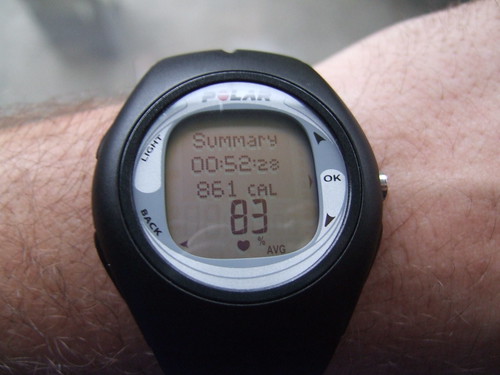
Solving the Mystery; By Suzanne Connolly, TFT-Dx
At a recent Conference on Panic Attacks, a speaker presented as a fact, that panic attacks do not have their origin in past trauma.
Speaker after speaker asserted that there is currently no cure for Panic Attack Disorder.
While there are undoubtedly cases where this is true, I find that in most cases this upset in the sympathetic nervous system is rooted in past trauma and of course, with Thought Field Therapy is curable.
The following case study offers just one example.
Yolanda’s panic attacks were keeping her from her job as head of housekeeping at a nearby resort, and from her second job of babysitting her friend’s children, and from participating in life in general. She had been referred by her Physician and I began taking a history in an effort to find some specific sources of anxiety to address.
Being around small children seemed to precipitate the majority of Yolanda’s recent panic attacks. Being home alone at night, being around knives, seeing young girls at the resort where she worked, and driving at night seemed to trigger others.
The panic attacks began immediately after Yolanda had seen a news story on television where two young girls had been kidnapped and murdered. A search party had found the girls’ bodies lying in a field. The murder weapon had been a knife.
Before seeing the news story Yolanda had experienced only two panic attacks. Once while in Mexico, visiting her native village, she and her husband had taken a long drive to a forested area. It was nightfall when they finally arrived and Yolanda could not get out of the car to examine the forest.
A car had happened to be following them; Yolanda felt like she was fighting for her life as she screamed until her husband turned around and drove back to their village. She remembers her pounding heart and the feeling of unmistakable danger.
On another occasion, while visiting her mother at her families’ ranch in Mexico, her mother’s big dog attacked a neighbor’s small dog. Again: the pounding heart, the absolute terror.
Yolanda remembers nothing of her childhood before the age of nine. Her first memory is a memory of being on a bus with her mother and younger brother headed to California. She remembers everything about California: living a year with her aunt, the trips to the beach, getting toys, cloths, and attention. Everything seemed good and peaceful and normal. Yolanda tells of her year in California as if it were a story from a fairy tale.
After she and her mother and her younger brother returned to Mexico, it was different. Yolanda’s father had never accepted her. Her mother told her it was because he didn’t like girls. (But later, a younger sister was born and the younger girl was treated, Yolanda says, like a princess.)
Her three older brothers were allowed to treat Yolanda harshly. She was not allowed to eat with the family and had to go outside when everyone else ate. She would sit on the roof and look at the stars, or sometimes; she would visit the homes of neighbors who would give her something to eat. When the family was finished eating, Yolanda’s mother would make her a small tortilla filled with leftovers.
Yolanda would then clean up and do the dishes. Later Yolanda was required to cook the dinner as well. But still she would be banished from the home while the family ate. Often her brothers would throw the family cat on her food and play other pranks. Yolanda says she didn’t think anything was unusual at the time; “It was just the way it was.”
I ask Yolanda about a scar that runs up her arm. She says that it happened when she was about eighteen months old. Her mother has told her that her brothers accidentally cut her with a knife. Her mother had reportedly heard Yolanda yelling and when she found Yolanda, there was blood running down her arm.
Yolanda and I wonder aloud if this could be related to the anxiety round knives that appeared after she watched the tragic news story on the television. Read more


 I would like to take time from trading to recommend a person who can show traders how to achieve peak performance in trading. I speak from personal experience that his techniques are easy to grasp and they work. His name is Roger J. Callahan, PhD. And he currently resides in Indian Wells, California.
I would like to take time from trading to recommend a person who can show traders how to achieve peak performance in trading. I speak from personal experience that his techniques are easy to grasp and they work. His name is Roger J. Callahan, PhD. And he currently resides in Indian Wells, California.

 Ironically, it is the very animals that we have taken in and provided hope, health and a home for that are now giving back to troubled and confused children and “bucket list” adults wanting one more chance to do something they have always dreamed of doing.
Ironically, it is the very animals that we have taken in and provided hope, health and a home for that are now giving back to troubled and confused children and “bucket list” adults wanting one more chance to do something they have always dreamed of doing.
